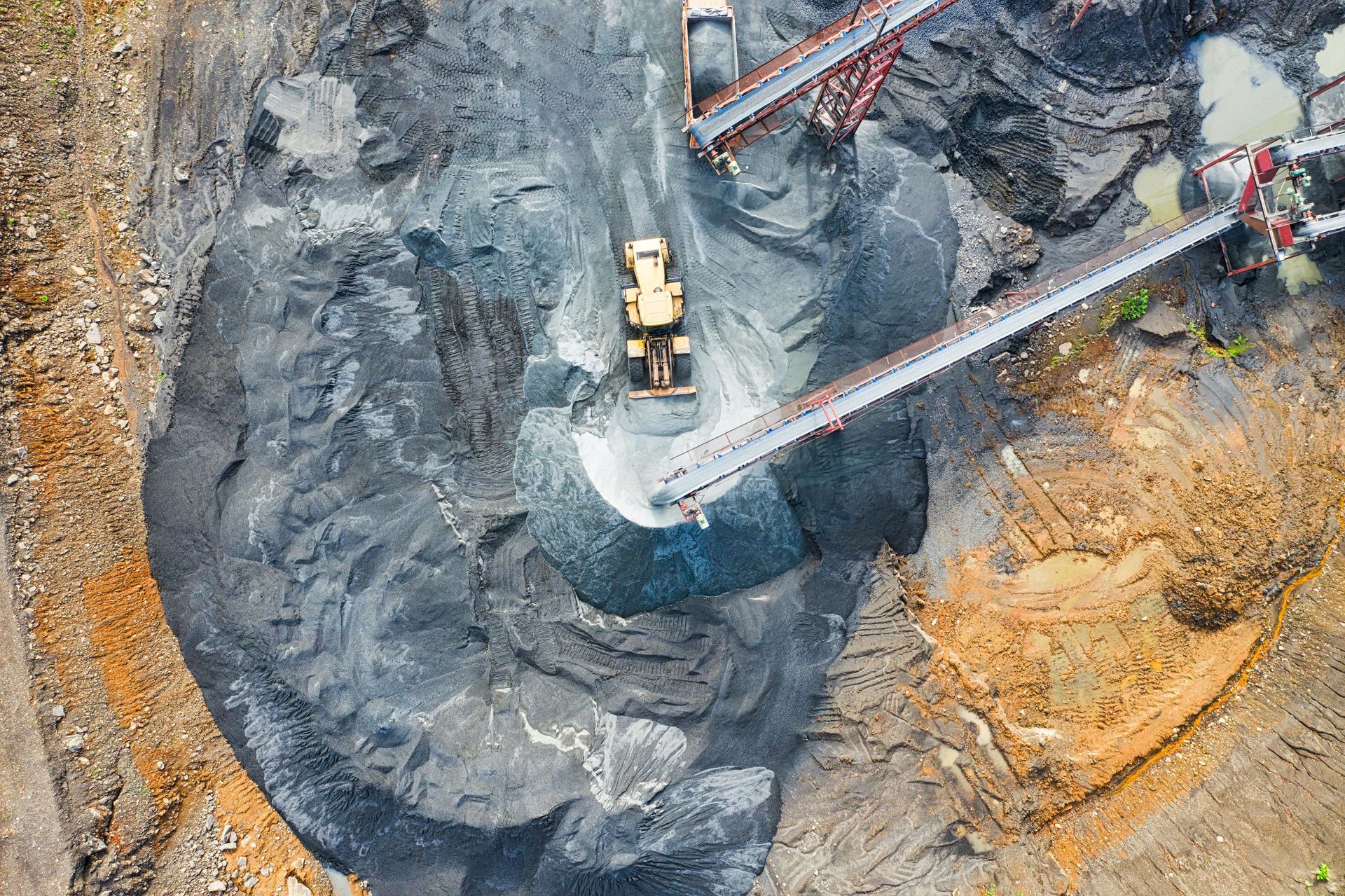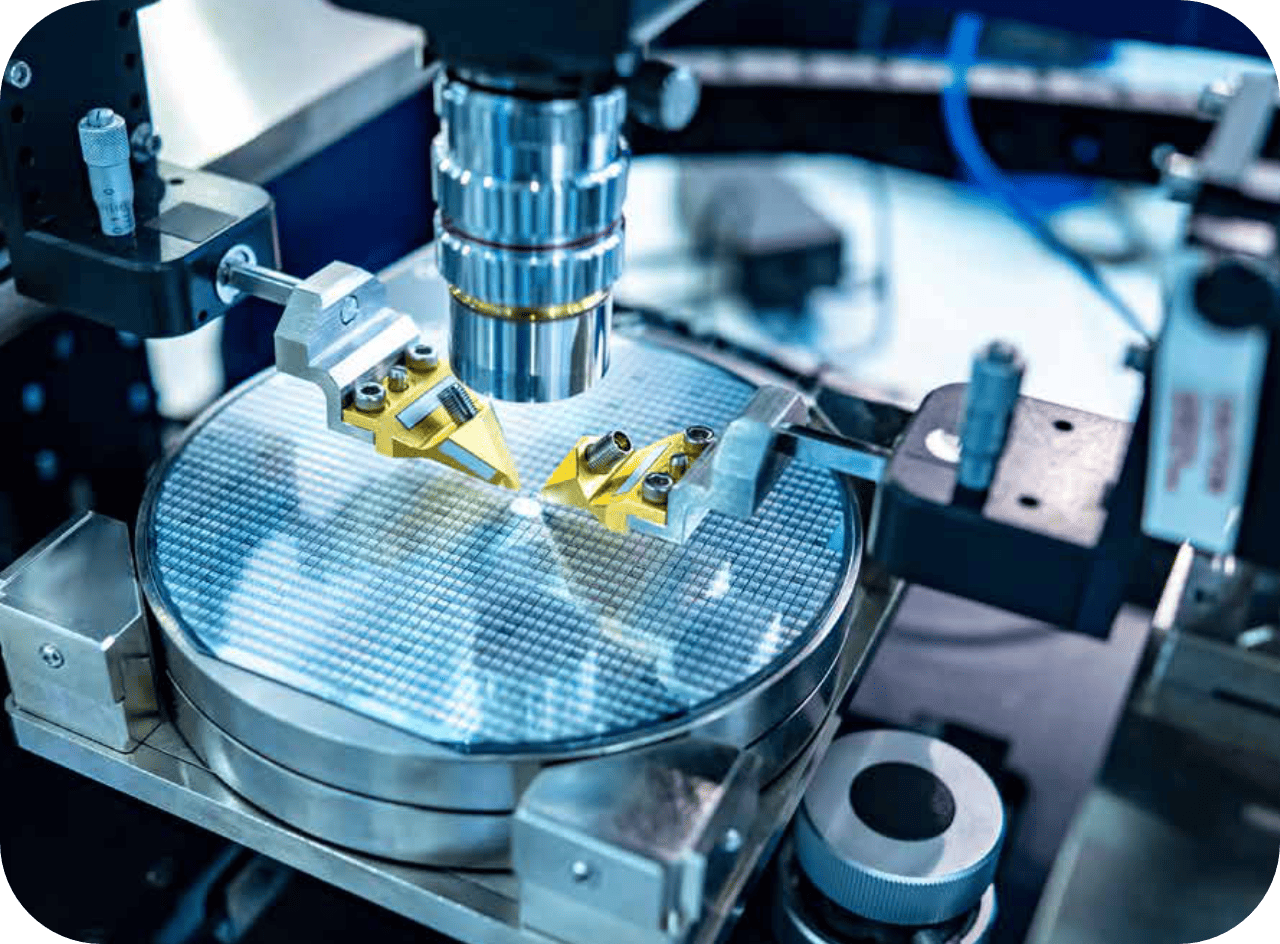Power at the Pinch Point: Pivot

In a previous post, the issues of inadequate supplies of critical metals were addressed. Here we continue to learn about the use of critical metals in energy use and conclude with the benefits of nanofiber technology to advance efficiency of critical metal use.
Energy distribution by metals efficiency
If complimentary technologies underpin our strategies toward a sustainable energy future, how can we rapidly advance critical metals efficiency in the energy system? By moving some of our energy ‘by pipe’, in the form renewable hydrogen, hydrogen-based derivatives such as ammonia and methanol, and advanced biofuels, it will cut copper demand to a level that is more likely to be satisfied. Rather than causing massive investments in most of the fossil fuel infrastructure to become obsolete, repurposing parts of the pipeline infrastructure, as is already occurring in Europe and Asia, for sustainable fuels would help propel a feasible transition. Fortunately, this approach would minimize the environmental impact of the net-zero infrastructure needed.
While over reliance on direct electrification risks not achieving sufficient efficiency of critical metals, implementing a complementary path entails an energy conversion step. Any such conversion causes some energy loss. Producing green hydrogen from renewable electricity, for example, typically
results in a 20 percent loss, so energy efficiency is at best 80 percent; producing electricity in a hydrogen fuel cell would reduce this level.
Another factor associated with conversion is the incongruity between energy demand and renewable power supply; it’s largely variable, intermittent, and the supply cannot adjust to demand cycles (geothermal and wave energy are less variable). Clearly, expanded energy storage capacity will be essential to meet seasonal and other time discrepancies and utilize renewable power that would otherwise be lost when it isn’t needed immediately.
Unfortunately, the escalating shortages of critical metals eliminates all but a small fraction of the required storage for grid batteries to supply. Use of renewable energy as hydrogen and its derivatives defaults as a practical and metals-efficient method of storing large quantities of energy over long periods. Renewable hydrogen-based fuels also enable moving energy over long distances, including between continents.
Green hydrogen from metals efficiency
In order to attain the anticipated demand for green hydrogen, largely tapping renewable power directly instead of using grid-tied power, the forecast for the types of electrolyzer technology to be deployed includes about half of the market for the design that is most responsive to intermittent supply: proton exchange membrane or PEM electrolyzers. As the US tax credits become crucial to green hydrogen production, electrolyzers will need to connect directly to renewable power sources. The best available technology to do so is PEM; its efficiency exceeds alkaline electrolyzers, the dominant green hydrogen technology.
Since iridium catalyzes the electrolysis reaction in the PEM electrolyzer effectively, it has become the common critical metal among manufacturers and suppliers. While manufacturers and researchers have managed to reduce iridium loading in recent years, the need is to slash it by over 95 percent. International utilization targets for iridium in electrolyzers have emerged to prevent the PEM electrolysis sector from becoming constrained by iridium supply. When iridium demand is modeled for the PEM sector, it shows that iridium utilization must increase by some five-fold by 2050 to avoid iridium supply from stalling PEM electrolyzer capacity.
In addition, if closed-loop iridium recycling were fully deployed by 2035, this would increase the installed capacity in 2050 by ∼2.7x compared to a scenario with no iridium recycling, according to
one model. If both of these scenarios are implemented, global PEM electrolyzer capacity could reach 1.3 TW by 2050 using only 20 percent of annual global primary iridium supply, according to the model’s results based on two scenarios of power density improvement using the International Energy Agency’s conservative demand estimate.
In order to improve iridium power density, iridium loadings of membrane electrode assemblies (MEAs) must decrease significantly. However, iridium dissolution and agglomeration in lower-loaded MEAs typically cause them to degrade more rapidly and display shorter useful periods. Clearly to achieve similar MEA lifespans, catalyst stability must be enhanced. The research literature indicates so far that relying on polymeric membranes cannot deliver sufficient low-loading stability and performance. They typically contain toxic PFAS chemicals that the EU has banned.
The model article concludes, “As a main result, it is found that a terrawatt-scale PEMWE (PEM water electrolysis) industry can avoid being constrained by iridium supply if technological development of a similar level to that seen in PEM fuel cells and high iridium recycling rates are realised.” High surface area technology shows that catalytic loading can decrease by an order of magnitude. A notable example is one company’s experience with perfecting the process of embedding a palladium catalyst into nanofibers: tests show a surface area increase of 2,000 percent compared to polymeric membranes. With a breakthrough catalyst that contains about 50 percent less iridium than conventional catalysts, MemPro is showing that a nanofiber membrane will perform better and reduce iridium to less than 10 percent of today’s MEAs.
Even without counting on high recycling rates of iridium-oxides, high-surface area iridium would satisfy 80 percent of hydrogen industry needs. While the prospect of achieving this level of efficiency will depend on effectively perfecting the combination of conductive materials in nanofibers, MemPro’s expertise in processing nanofibers with an embedded catalyst demonstrates the potential benefits for more sustainable production of green hydrogen. One benefit, capturing efficiency and lifecycle gains, would include lowering the cost of green hydrogen from $4-5/kg below $1/kg, eclipsing fossil fuels.
As the US and other countries suffer from capacity constraints due to renewable power having to be directly tied to the electricity grid, green hydrogen and hydrogen-based derivatives such as green ammonia can serve as stored power. In shifting to green fuels, renewables capacity can be located where it is most efficient and has fewer land-use constraints. As renewables scale up from the very low levels of adoption we have today, such factors become more crucial. If we want to expedite more effective renewables infrastructure, use of green hydrogen and its derivatives will enable rapid deployment and justify the energy ‘loss’ incurred by conversion.
The most demanding and costly elements of BEV charging infrastructure become unnecessary with the hydrogen infrastructure: in remote places or within high-density city cores, where adding electrical service for fast charging is especially challenging. The additional electrical infrastructure would cost more than the hydrogen infrastructure would to serve these needs; lower total infrastructure cost overall would benefit everyone.
Since even the boldest net-zero scenarios do not maintain that electrification is a comprehensive solution, complementary technologies will be required to propel increasing deployment of renewable power, serve those sectors that electrification cannot, and, most importantly, raise the critical metals efficiency of the energy transformation. Those technologies – renewable hydrogen, hydrogen-based synthetic fuels, and advanced biofuels – are attaining breakthroughs in critical metals efficiency. Misperceptions around electrification and energy efficiency are becoming increasingly unsustainable as attempts are made to secure metals for ‘efficient’ electrification.
The US has the capacity to leverage these solutions alongside direct electrification. We can intelligently optimize the future energy system as a whole, incorporating energy and critical metals efficiency. Most crucially, it enables all of us to achieve a viable energy transition and safe climate.






